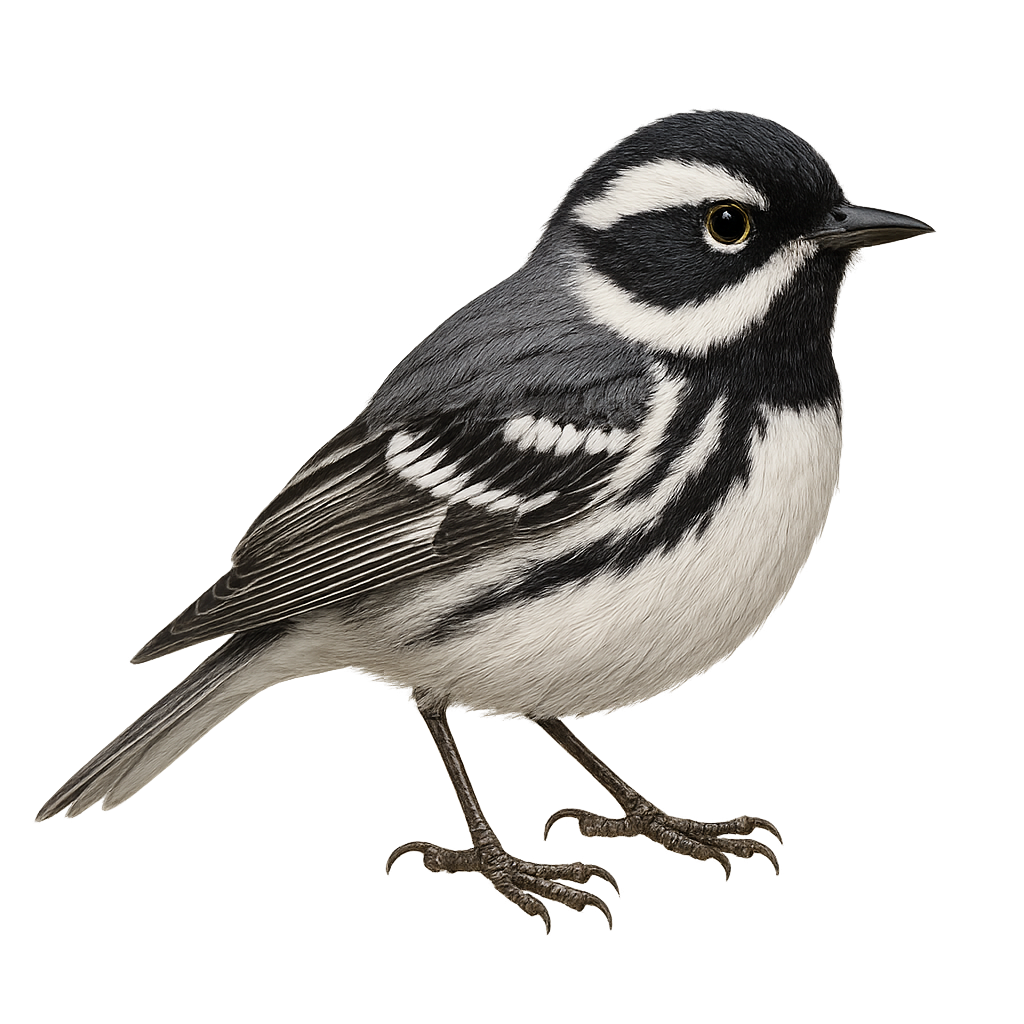Your wildlife photography guide.
Explore the black-throated gray warbler in detail, study its behavior, prepare your shots.
Where to observe and photograph the black-throated gray warbler in the wild
Learn where and when to spot the black-throated gray warbler in the wild, how to identify the species based on distinctive features, and what natural environments it inhabits. The WildlifePhotographer app offers tailored photography tips that reflect the black-throated gray warbler’s behavior, helping you capture better wildlife images. Explore the full species profile for key information including description, habitat, active periods, and approach techniques.
Black-throated Gray Warbler
Scientific name: Setophaga nigrescens

IUCN Status: Least Concern
Family: PARULIDAE
Group: Birds
Sensitivity to human approach: Suspicious
Minimum approach distance: 5 m
Courtship display: April to June
Incubation: 12-13 jours
Hatchings: April to June
Habitat:
Coniferous forests, mixed forests, shrublands
Activity period :
Primarily active during the day, with peak activity in the morning and late afternoon.
Identification and description:
The Black-throated Gray Warbler, Setophaga nigrescens, is a small songbird in the Parulidae family. It is easily identified by its black head contrasting with white cheeks and a black throat. Its back is gray with black streaks, and its wings have two distinct white bars. This passerine measures about 12 cm in length and weighs between 8 and 10 grams. It primarily inhabits coniferous and mixed forests, but can also be found in shrublands and oak forests. A migratory bird, it breeds in the western United States and winters in the southwestern U.S. and Mexico. Its song is a high-pitched, rapid trill, often heard in spring.
Recommended lens:
400 mm – adjust based on distance, desired framing (portrait or habitat), and approach conditions.
Photography tips:
To photograph the Black-throated Gray Warbler, choose sunny mornings when the bird is most active. Use a 400mm or longer telephoto lens to capture precise details without disturbing the bird. Look for areas where trees are sparse for a clear view. Be patient and discreet, as this bird can be suspicious. Listen for its distinctive song to locate its position. Once spotted, wait for it to perch on a well-lit branch to get the best possible shot.
The WildlifePhotographer App is coming soon!
Be the first to explore the best nature spots, track rutting seasons, log your observations, and observe more wildlife.
Already 1 439 wildlife lovers subscribed worldwide

